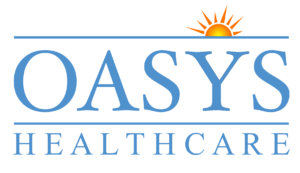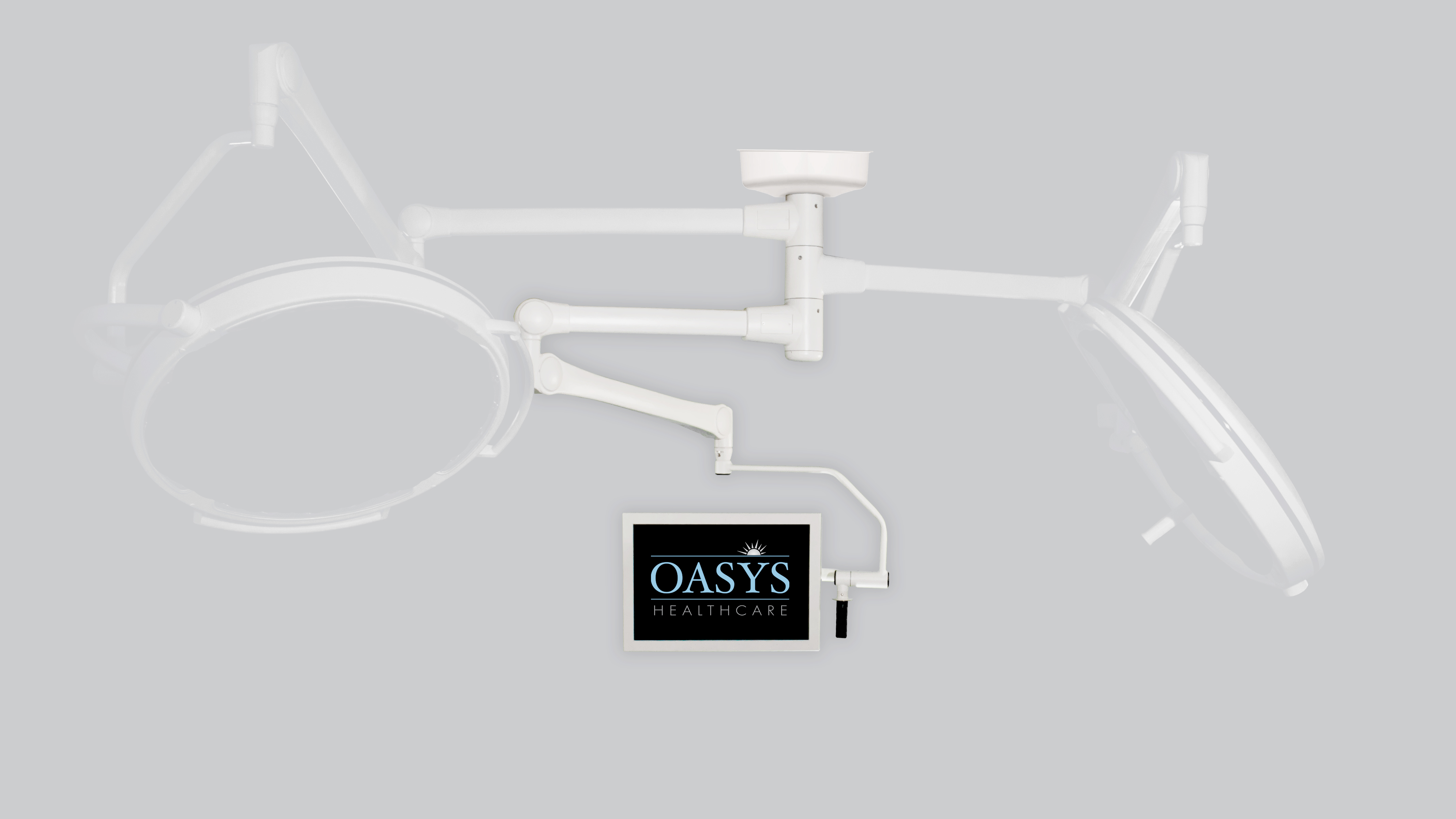Introduction:
Hospital operating rooms stand as the epicenter of medical precision and patient care, where every maneuver is critical and every decision impactful. Amidst the flurry of surgical activities, a silent yet pivotal player emerges—the spring arm.
Often overshadowed by more prominent equipment, these mechanical marvels play a crucial role in supporting surgical instruments, illuminating surgical fields, and optimizing the ergonomics of the operating environment. In this blog post, we explore the significance of high-quality spring arms in hospital operating rooms, shedding light on their indispensable role in enhancing surgical precision, ensuring patient safety, and streamlining operational workflows.
Understanding Spring Arms:
At first glance, spring arms may appear as simple mechanical devices, but their intricate design and functionality prove their significance in the operating room ecosystem. These articulated structures consist of joints, springs, cables, and control mechanisms meticulously engineered to provide stability, flexibility, and precise movement. Mounted on surgical tables, walls, ceilings, or mobile floor stands, spring arms offer adjustable positioning to accommodate healthcare professionals’ specific needs. Spring arms support various surgical instruments, lights, cameras, and monitors, thereby serving as versatile allies to surgeons in their quest for surgical excellence.
Precision and Maneuverability:
High-quality spring arms are instrumental in maintaining surgical precision by providing stable support and precise positioning of instruments. Surgeons rely on these arms to maintain optimal working angles and trajectories, minimizing tissue trauma and enhancing procedural accuracy. The ability to fine-tune instrument placement ensures meticulous execution of surgical techniques, ultimately translating into improved patient outcomes and reduced postoperative complications.
Ergonomics and Surgeon Comfort:
In the demanding environment of the operating room, surgeon comfort and ergonomic alignment are paramount. High-quality spring arms offer adjustable height, reach, and rotation capabilities, allowing surgeons to customize their operating environment to suit their preferences. By reducing strain and fatigue during prolonged procedures, these ergonomic features not only enhance surgeon comfort but also mitigate the risk of musculoskeletal injuries, fostering a healthier and more sustainable work environment.
Infection Control and Sterility:
Maintaining a sterile surgical environment is imperative to prevent surgical site infections and ensure patient safety. High-quality spring arms are designed with smooth surfaces, removable covers, and integrated cable management systems, facilitating easy cleaning and disinfection. By minimizing potential reservoirs for pathogens and contaminants, these arms play a vital role in infection control protocols, safeguarding both patients and surgical team members from preventable complications.
Safety and Risk Mitigation:
Safety is non-negotiable in the operating room, and high-quality spring arms incorporate various safety features to prevent accidents and equipment malfunctions. From locking mechanisms to load-bearing capacities and fail-safe systems, these arms are engineered to ensure stable instrument positioning and secure attachment throughout surgical procedures. By minimizing the risk of unintended movements or equipment failures, these safety measures bolster patient safety and instill confidence in surgical teams.
Efficiency and Workflow Optimization:
Efficient utilization of surgical time is essential for maximizing patient throughput and optimizing resource allocation. High-quality spring arms streamline workflow by providing rapid instrument access, easy repositioning, and clutter-free operating environments. These efficiencies translate into shorter procedure durations, reduced anesthesia exposure, and enhanced overall operational efficiency, ultimately contributing to cost savings and improved patient satisfaction.
Technological Advancements and Future Prospects:
The landscape of spring arm technology continues to evolve rapidly, driven by advancements in materials science, robotics, and digital imaging technologies. Lightweight materials such as carbon fiber and titanium alloys offer superior strength-to-weight ratios, enabling the development of more compact and maneuverable spring arms. Integration with robotic platforms and augmented reality systems holds promise for further enhancing surgical capabilities, enabling real-time image guidance and automated instrument manipulation.
Challenges and Considerations:
While the benefits of high-quality spring arms are undeniable, healthcare institutions must navigate various challenges and considerations in their adoption and implementation. Factors such as cost-effectiveness, maintenance requirements, staff training, and compatibility with existing infrastructure warrant careful consideration to ensure successful integration into the operating room environment.
Conclusion:
In conclusion, high-quality spring arms stand as indispensable allies in the quest for surgical excellence and patient safety within hospital operating rooms. From enhancing precision and ergonomics to facilitating infection control and workflow optimization, these mechanical marvels play a multifaceted role in optimizing surgical outcomes and operational efficiencies. As technology continues to advance and healthcare landscapes evolve, investing in high-quality spring arms remains a prudent strategy for healthcare institutions committed to delivering superior patient care and advancing the frontiers of surgical innovation.

